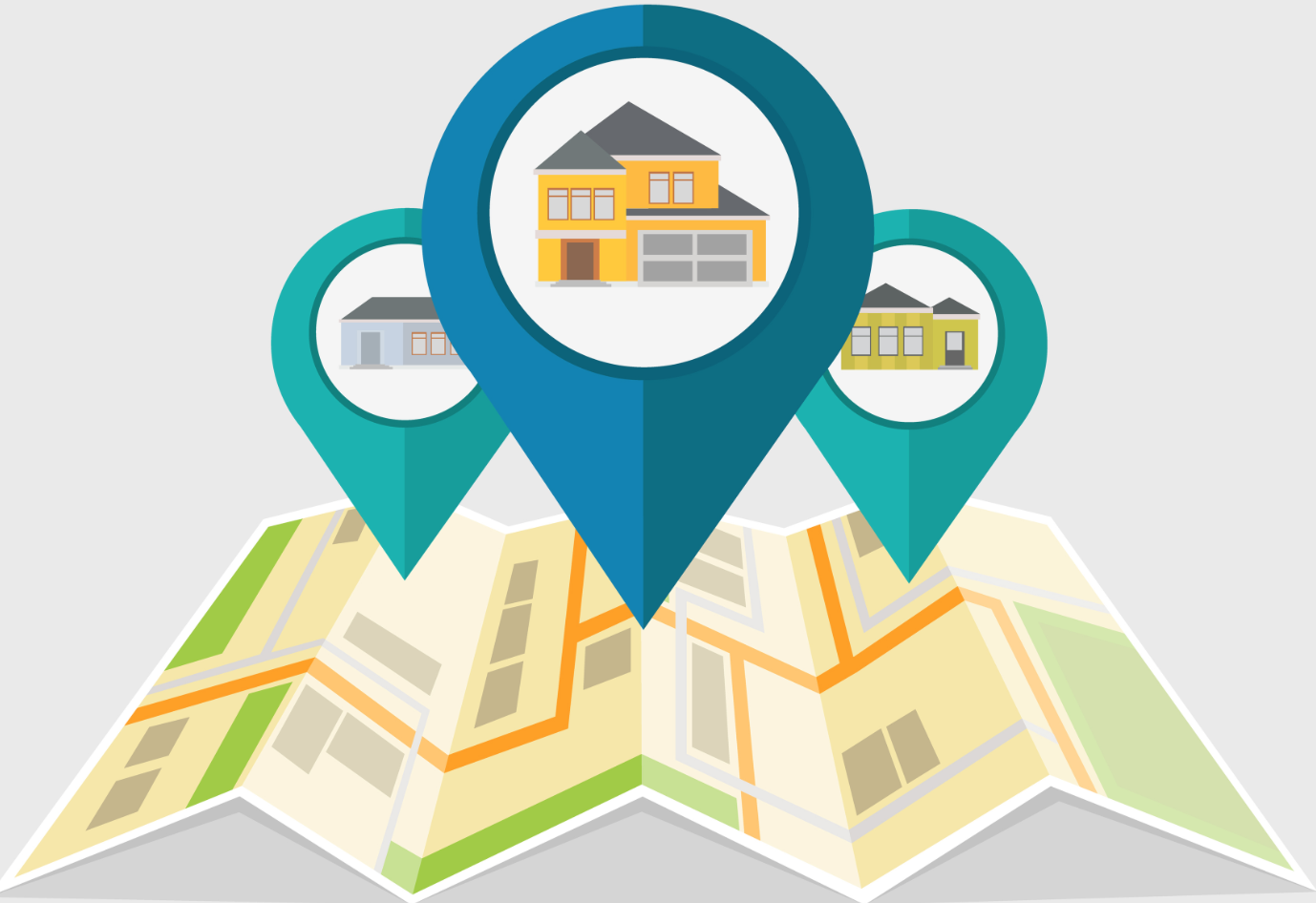
06 May Choosing the Perfect Location in 5 Steps
A house is the place you call home. While homeowners can make changes to the external and internal appearance of a house (which will affect the re-sale value), other characteristics are not in the homeowner’s control. For this reason, it is imperative to choose the location of a home carefully. Taking time to research the perfect location for your home ensures that it is not only the right house now, but also in the foreseeable future.Learn what research needs to be done by following these six easy steps to choosing the perfect location for your home – Windsor Real Estate Agent Danielle Lunetta
1. Know What Setting Suits You: Rural Vs. City Vs. Suburbs
Once you have decided the geographic location, the next step is to determine what type of setting you would like your home to be located in. A rural setting can give the homeowner peace and quiet, but could pose a challenge in terms of access to services and transport. A city home can potentially pose the opposite challenges. An alternative to both is a property in the suburbs, which can provide you with plenty of space while allowing you to be closer to amenities.
2. Explore the Neighborhood
Different neighborhoods will have different qualities that appeal to different people. What your potential neighborhood looks like on paper may not be what it is like in real life. Visit the neighborhood to get a real feel of its various aspects to ensure they suit your tastes. Drive by at different times of the day to gauge traffic patterns and how the neighbours interact with one another. It is important to get an accurate picture of the neighborhood’s character to be comfortable both during the day and also at night.
3. Research Proximity to Work and Schools
Researching the proximity of your neighborhood to your workplace, potential schools, and leisure activities is extremely important in choosing the right location for your home. If you are interested in living in the city, keep in mind the commute to your workplace. Sometimes it takes just as long to get to work within the city than living just outside
of the city. The latest figures from the Federation of Canadian Municipalities’ National Household Survey show that urban gridlock costs Canadians an average of 32 working days of lost productivity per year. A longer commute will have increased costs and could potentially mean less time spent with your loved ones. RE/MAX has recently launched a Travel Time calculator on the search page to help take the guess work out of choosing the perfect location. Simply click the “Show
Travel Time” feature in the upper left corner of the map and calculate your expected commute depending on your distance traveled and mode of transportation. Similarly, if you are a potential homeowner with children, or a potential homeowner looking to start a family, school district and proximity to schools are important factors to consider. It is a good idea to consider the quality of neighborhood schools in order to maximize your investment.
4. Research Proximity to Family, Friends, and Leisure Activities
The best way to immediately feel at home is to be located near family and friends. Already knowing people within the area will make transitioning homes easier. However, it is important not to solely base the location of your home on this, as family and friends also have the opportunity to relocate and may end up doing so over time. Just as you may enjoy spending free time with family and friends, you may also enjoy spending it participating in leisure activities. Consider whether or not easy access to social activities is a priority, and explore what each neighborhood has to offer.
5. Look into Crime Rates
Crime is, unfortunately, a fact of life, but it can be worse in some neighborhoods compared to others. While housing prices are generally more affordable in areas with higher crime rates, it is important to understand that safety should be a major priority for home buyers to consider. It is important to consider not only the crime rate, but also assess how safe you feel in the neighborhood and gain a better understanding of what the city is doing to help eliminate crime in that area.

